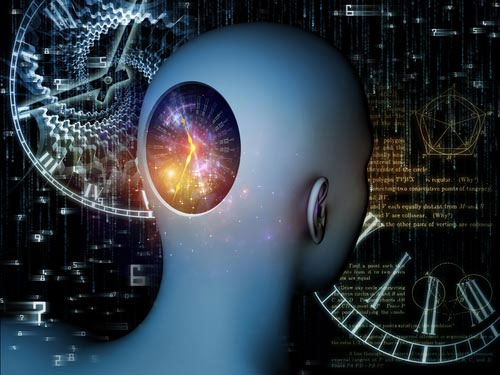Detecting the biological clock 'adjustment button' of the human body
Flights across multiple time zones, shift work and night or overnight activities can upset your body's daily biological rhythm . Over the years, researchers have gradually found components of the "biological clock" that are operating these rhythms.
>>>Find out the secret of the biological clock
Now scientists have discovered what acts as a biological clock "regulator" in mice. This breakthrough could eventually help them develop methods to correct incompatibility between the environment and the clocks inside the body.

In fact, it is possible to control biological clocks
Biological rhythms are physiological, psychological, and behavioral changes that follow a cycle that lasts nearly 24 hours, which is primarily controlled by changes in light in the environment. These changes stem from molecular groups that interact within the body, collectively called biological clocks, and "servers" located in the brain that are responsible for coordinating and managing them to ensure muscle can operate synchronously.
Some previous studies have found, "server" is a bundle of neurons in a brain region called by name on a crossover (SCN) . However, scientists did not know whether changing how to stimulate these cells could alter the way they operate.
Currently, experts from Vanderbilt University (USA) have demonstrated that, in fact, biological clocks can be controlled through the selection of turning on or off the above cells, effectively emulating the activities their day and night.
To manipulate the activity of neurons in the SCN region, the researchers used a complex technique called optogenetics . It involves inserting genes that encode light-sensitive proteins into specific cell sets, creating a bundle of nerve cells that respond to light in a certain way. Next, after implanting an optical fiber into the brain, they can use lasers to stimulate (turn on) or inhibit (turn off) these cells.
As described in Nature Neuroscience, the team found that, by artificially stimulating SCN neurons, they were able to manipulate the sleep / wake rhythms of mice, that is, adjust the machine. master. This breakthrough opens up the prospect of using optogenetics to treat biological rhythm disorders in humans.
- Detecting biological clock predicting human life expectancy
- How to optimize the body's biological clock?
- What to do to adjust the biological clock
- Find a way to decode the biological clock
- Korea invented glass especially useful for humans
- Weather affects the human biological clock
- Body biological clock of 2.5 billion years old
- Discover the secret of human biological clock
- Biological clock
- Find out the secret of the biological clock
- Revealing the culprit causing
- The biological clock of the body
 Green tea cleans teeth better than mouthwash?
Green tea cleans teeth better than mouthwash? Death kiss: This is why you should not let anyone kiss your baby's lips
Death kiss: This is why you should not let anyone kiss your baby's lips What is salmonellosis?
What is salmonellosis? Caution should be exercised when using aloe vera through eating and drinking
Caution should be exercised when using aloe vera through eating and drinking